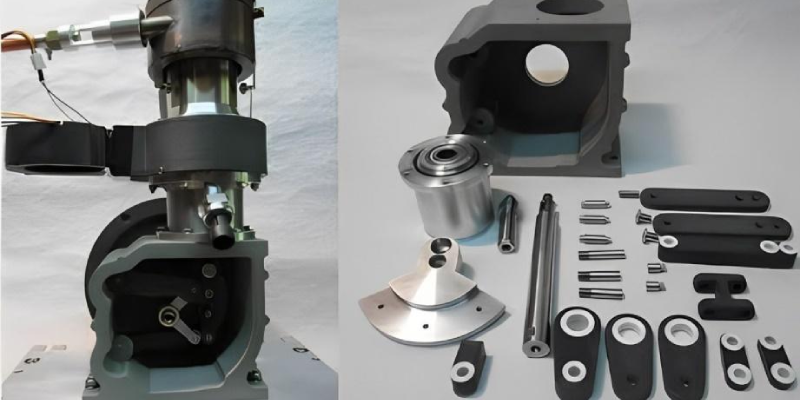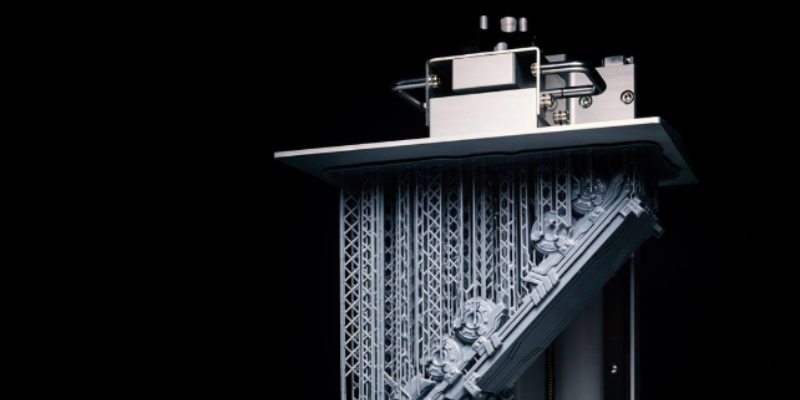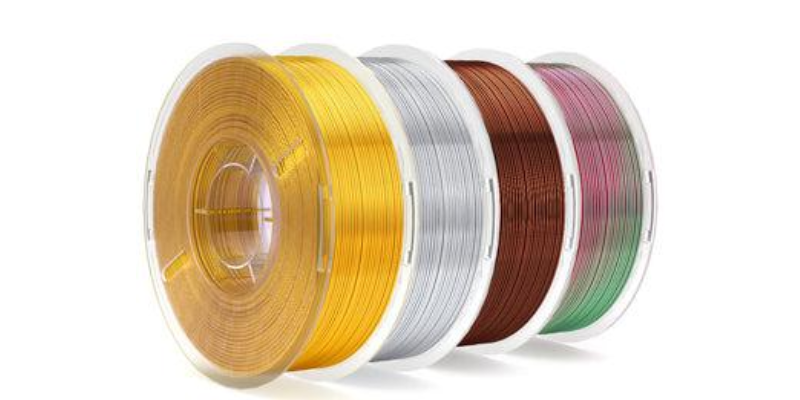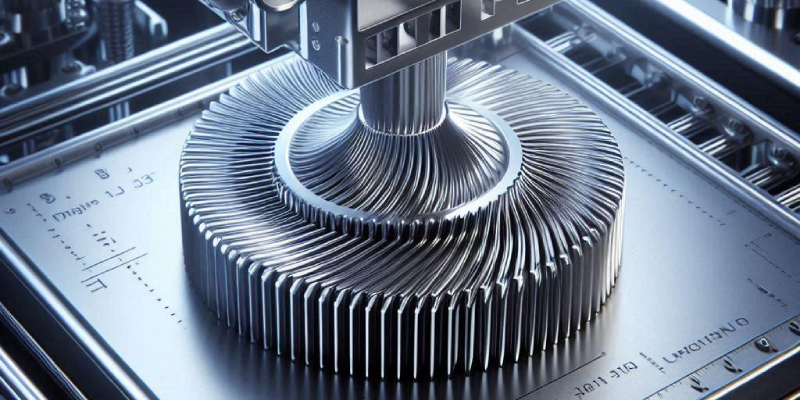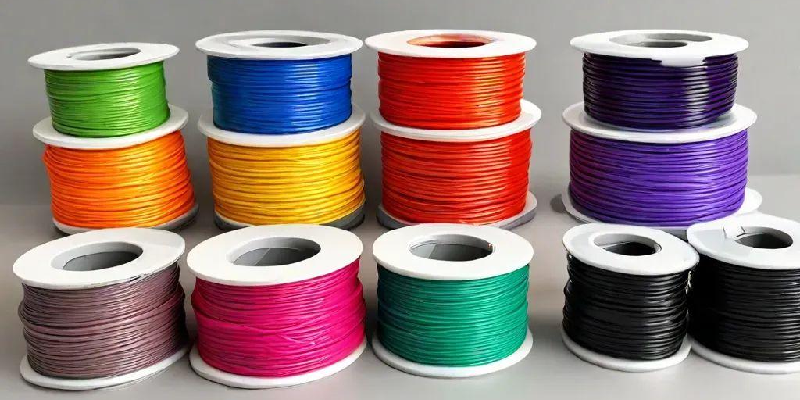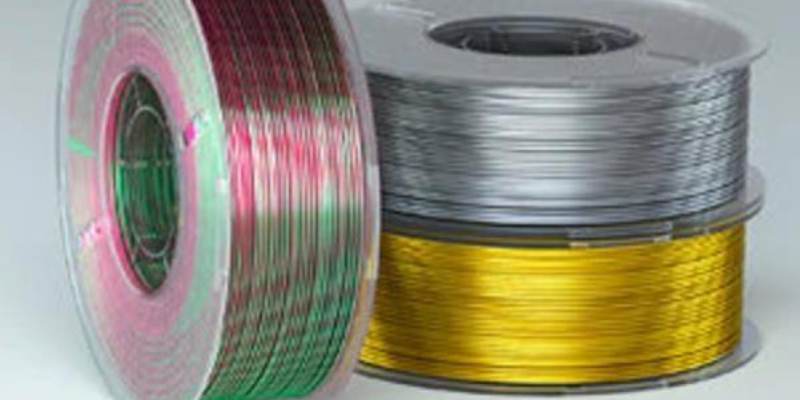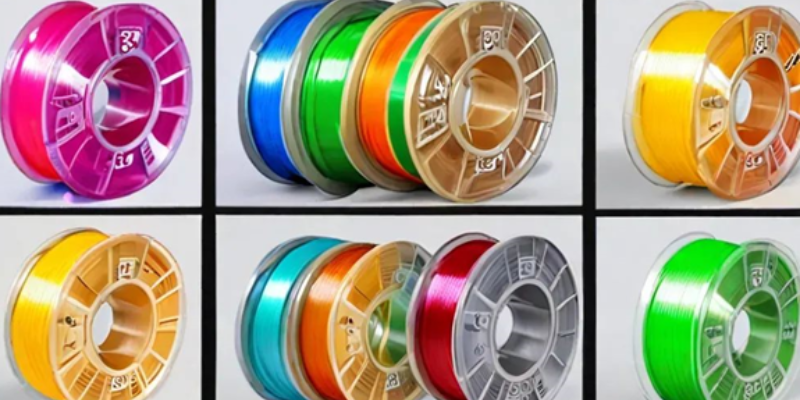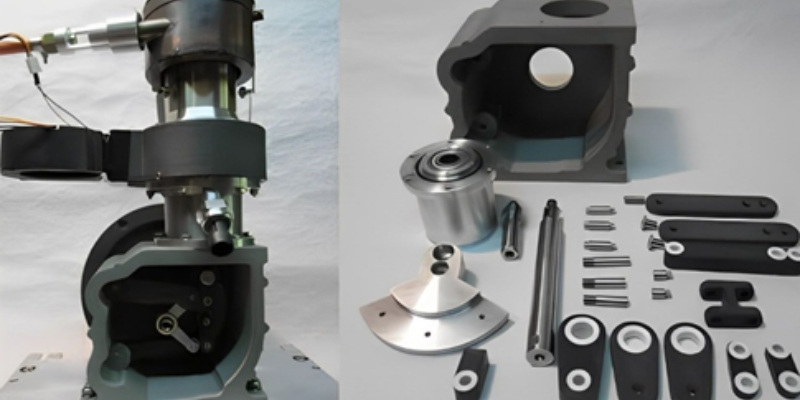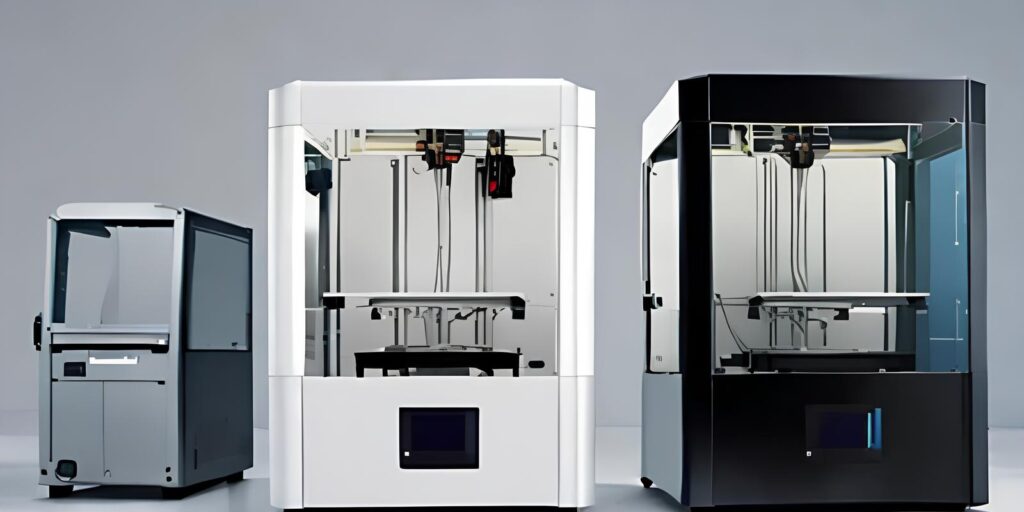Every maker using a 3D printer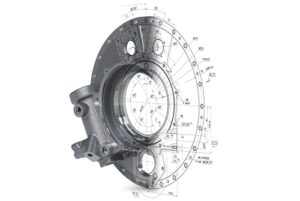 wants their machine running smoothly and producing high-quality prints. To achieve this, it’s crucial to understand the essential 3D printer parts of your printer and keep some spare parts on hand for when replacements become necessary. This guide will delve into the core components and frequently replaced parts, ensuring your printer stays in top shape for all your creative endeavors.
wants their machine running smoothly and producing high-quality prints. To achieve this, it’s crucial to understand the essential 3D printer parts of your printer and keep some spare parts on hand for when replacements become necessary. This guide will delve into the core components and frequently replaced parts, ensuring your printer stays in top shape for all your creative endeavors.
What is 3D Printer:
3D printers are machines that use a computer-controlled process to create three-dimensional objects from a digital file. They work by laying down successive layers of material until the entire object is created. 3D printers are used in a variety of industries, including manufacturing, medicine, and dentistry.
Core components: The heart of your 3D printer parts
These are the workhorses of your 3D printer parts, responsible for the core functions of material extrusion and object creation.
-
- Nozzle: This is the tip where the magic happens. The nozzle heats up and extrudes the filament or resin, building your 3D object layer by layer. Due to constant wear and tear, nozzles are prone to clogging and may need periodic replacements depending on the printing material and usage.
-
- Extruder: This component acts like a pusher, feeding the filament or resin from the spool towards the heated nozzle for extrusion. Over time, the extruder can develop issues like gear wear or filament grinding, requiring replacement.
-
- Print bed: This is the platform where you 3D creation takes shape. A level and well-maintained print bed ensures good adhesion of the first layer and a successful print. Depending on the material used, the print bed surface might also require specific treatments for optimal results.
-
- Build plate: This platform moves up and down along the Z-axis during the printing process, building the object layer by layer. Smooth and stable movement of the build plate is crucial for accurate printing.
“Other parts Besides the core components, there are several other parts that may need replacement, such as”
-
- Belts & pulleys: These parts are responsible for moving the extruder and the build plate. They can wear out over time and may need to be replaced to ensure smooth operation.
- Fans: Fans are used to cool the filament or resin as it exits the nozzle. They can become clogged with dust or debris and may need to be cleaned or replaced.Heating elements: The heating element is responsible for melting the filament or resin before it is extruded. It can malfunction and may need to be replaced.
-
- Sensors: Sensors are used to monitor the temperature of the extruder and the print bed. They can malfunction and may need to be replaced.
- Belts & pulleys: These parts are responsible for moving the extruder and the build plate. They can wear out over time and may need to be replaced to ensure smooth operation.
When choosing replacement parts for your 3D printer, it is important to select parts that are compatible with your specific model. You can usually find replacement parts from the manufacturer of your 3D printer or from a third-party retailer.
Here are some additional tips for maintaining your 3D printer and reducing the need for replacement 3d printer parts:
-
- Regular cleaning & lubrication: Regularly clean and lubricate the moving parts of your 3D printer according to the manufacturer’s instructions. This minimizes wear and tear.
-
- Filament/Resin storage: Store your filament or resin in a cool, dry place to prevent degradation and ensure smooth extrusion during printing.
-
- Calibration is key: Regularly calibrate your 3D printer to ensure accurate movement and proper material flow, leading to consistent and high-quality prints.
-
- High-quality materials: Use high-quality filament or resin to avoid clogs and jams that can damage components and require replacement.
-
- Manufacturer’s manual: Following the manufacturer’s instructions for using and maintaining your specific 3D printer model is vital. They provide specific guidelines for optimal performance and part replacement procedures.
Cost of Spare 3D Printer Parts:
The cost of spare 3D printer parts varies depending on several factors:
-
- Part Type: Nozzles and heating elements tend to be more expensive than belts and pulleys due to their complexity and functionality.
-
- Brand and Quality: Original equipment manufacturer (OEM) parts from your printer’s brand generally cost more than generic alternatives. However, OEM parts often guarantee better quality and compatibility.
-
- Source: Online retailers and manufacturer websites may have different pricing structures. It’s wise to compare prices before purchasing.
Quality Considerations:
When choosing spare 3d Printer parts, quality is paramount. Here are some tips:
-
- Material: Opt for Spare parts made from high-quality materials that can withstand the heat and pressure of 3D printing.
-
- Compatibility: Ensure the spare part is compatible with your specific 3D printer model. Mismatched parts can lead to printing issues or damage your machine.
-
- Reviews: Read online reviews of the spare part or seller to gauge user experiences with quality and functionality.
Additional Tips:
-
- Buy spare 3D printer parts kit: Consider purchasing a pre-assembled spare parts kit containing commonly replaced parts for your specific printer model. This can save you money in the long run and ensure you have the right parts on hand when needed.
-
- Bulk discounts: Some retailers offer discounts for buying replacement parts in bulk. If you use your printer frequently, this can be a cost-effective option.
-
- Replacement 3D printing parts: While not always feasible, for some simple parts, you might be able to 3D print replacements yourself using your printer (if it’s still functional) and compatible filament.
Equipping yourself with knowledge of essential parts, keeping spare parts on hand, and implementing regular maintenance practices are the cornerstones of a smooth-running 3D printer. By prioritizing preventive care and opting for high-quality replacements, you’ll extend your printer’s lifespan, minimize downtime, and keep your creative flow going for years to come. Happy making!

